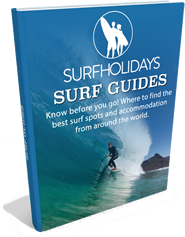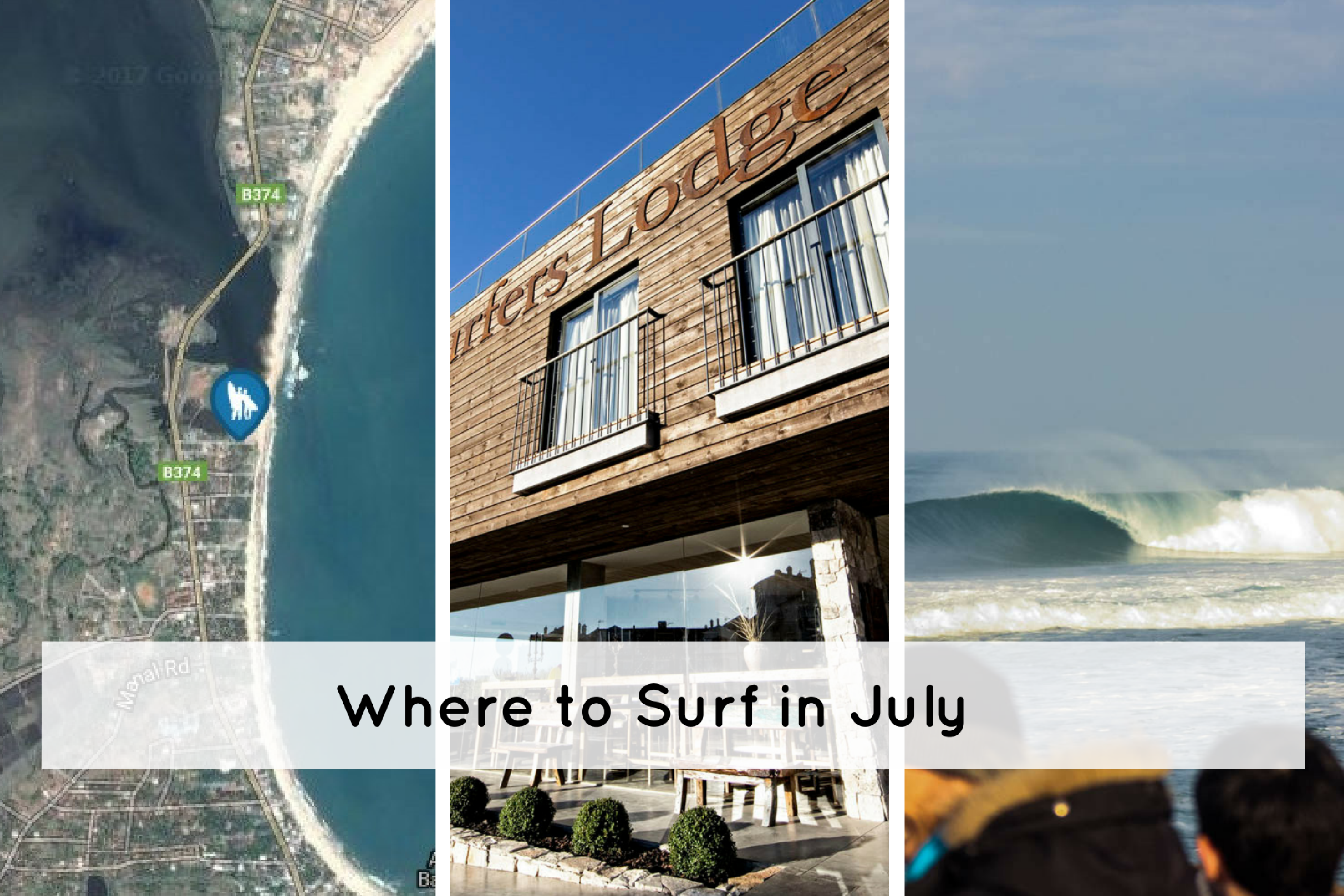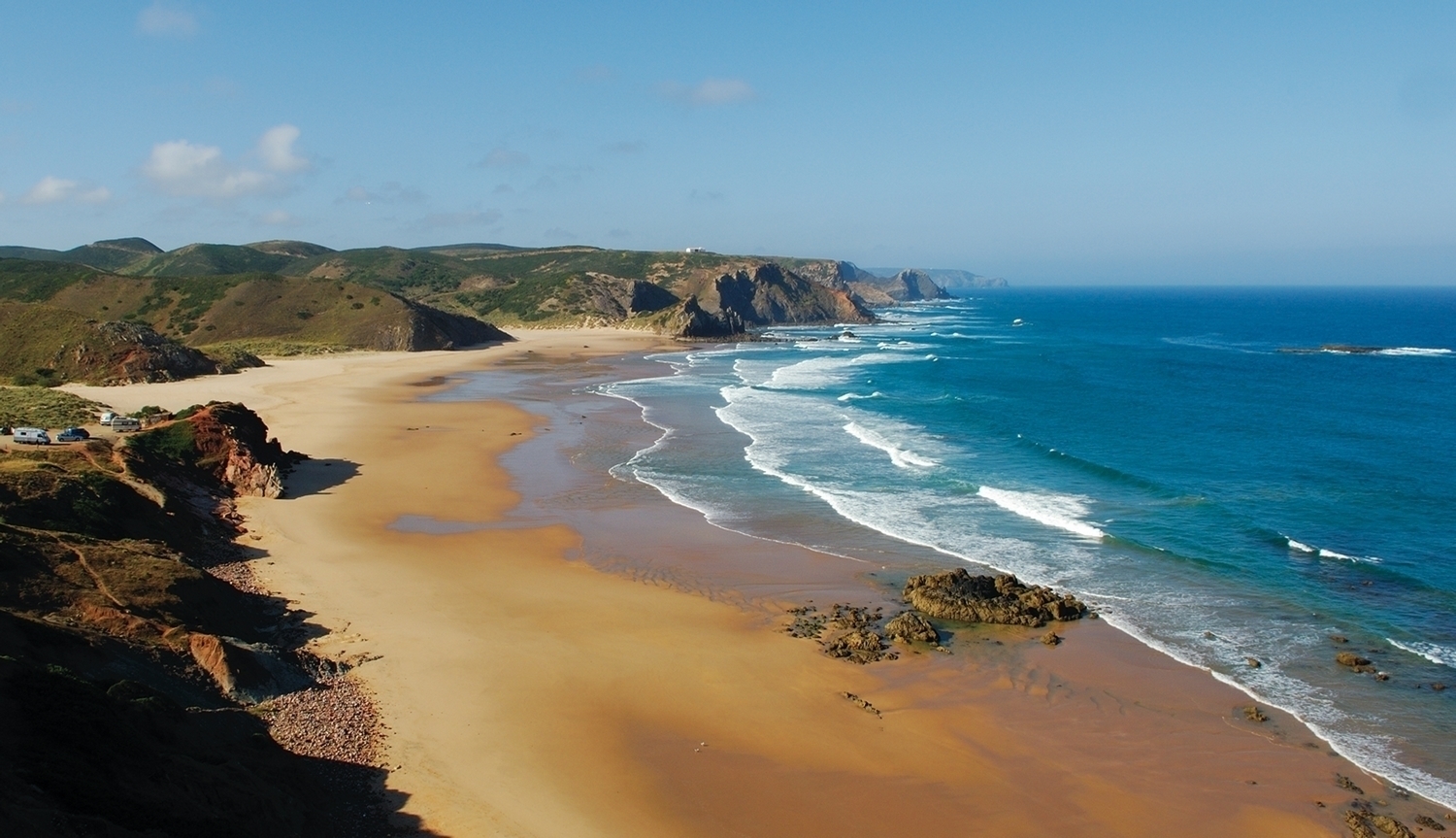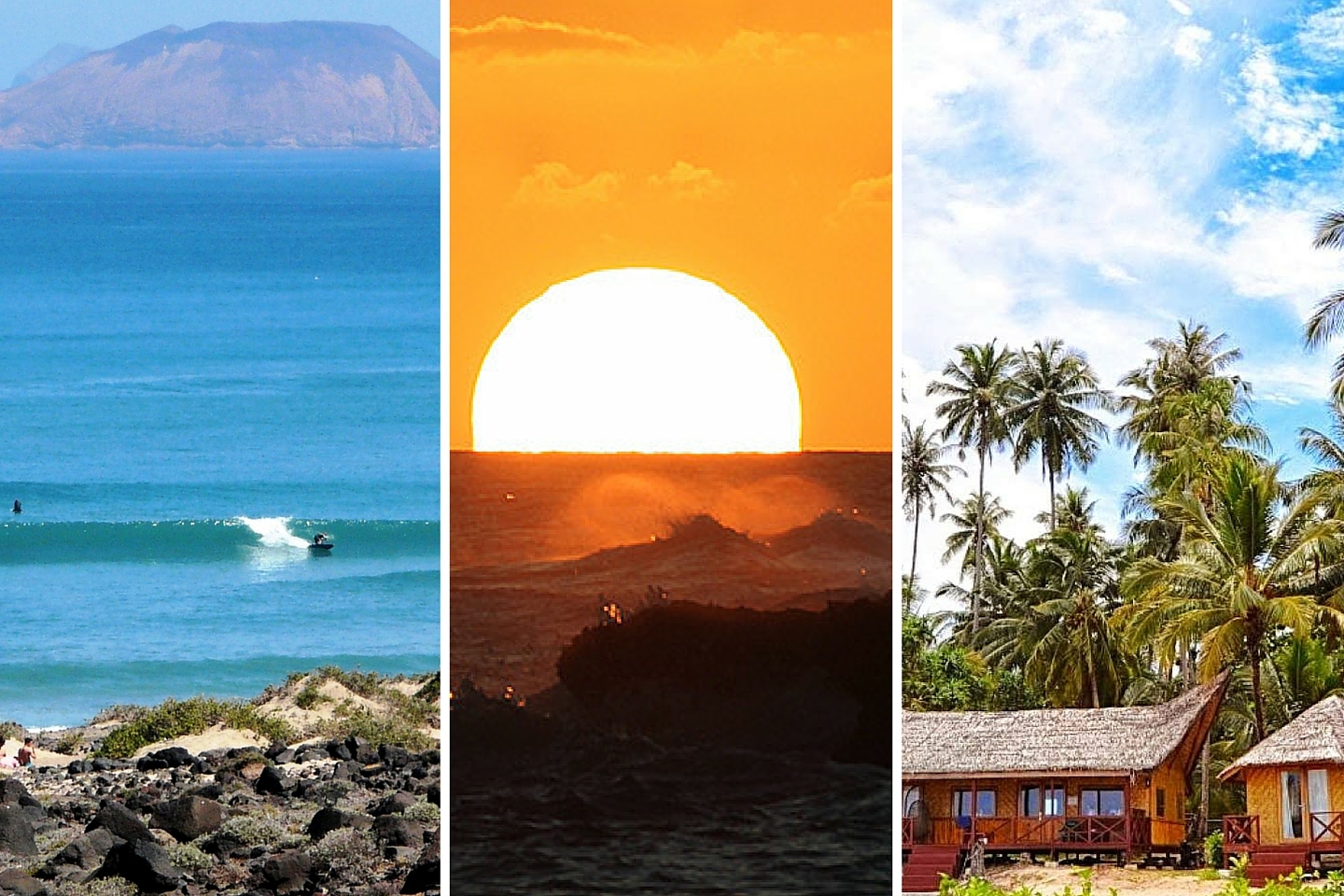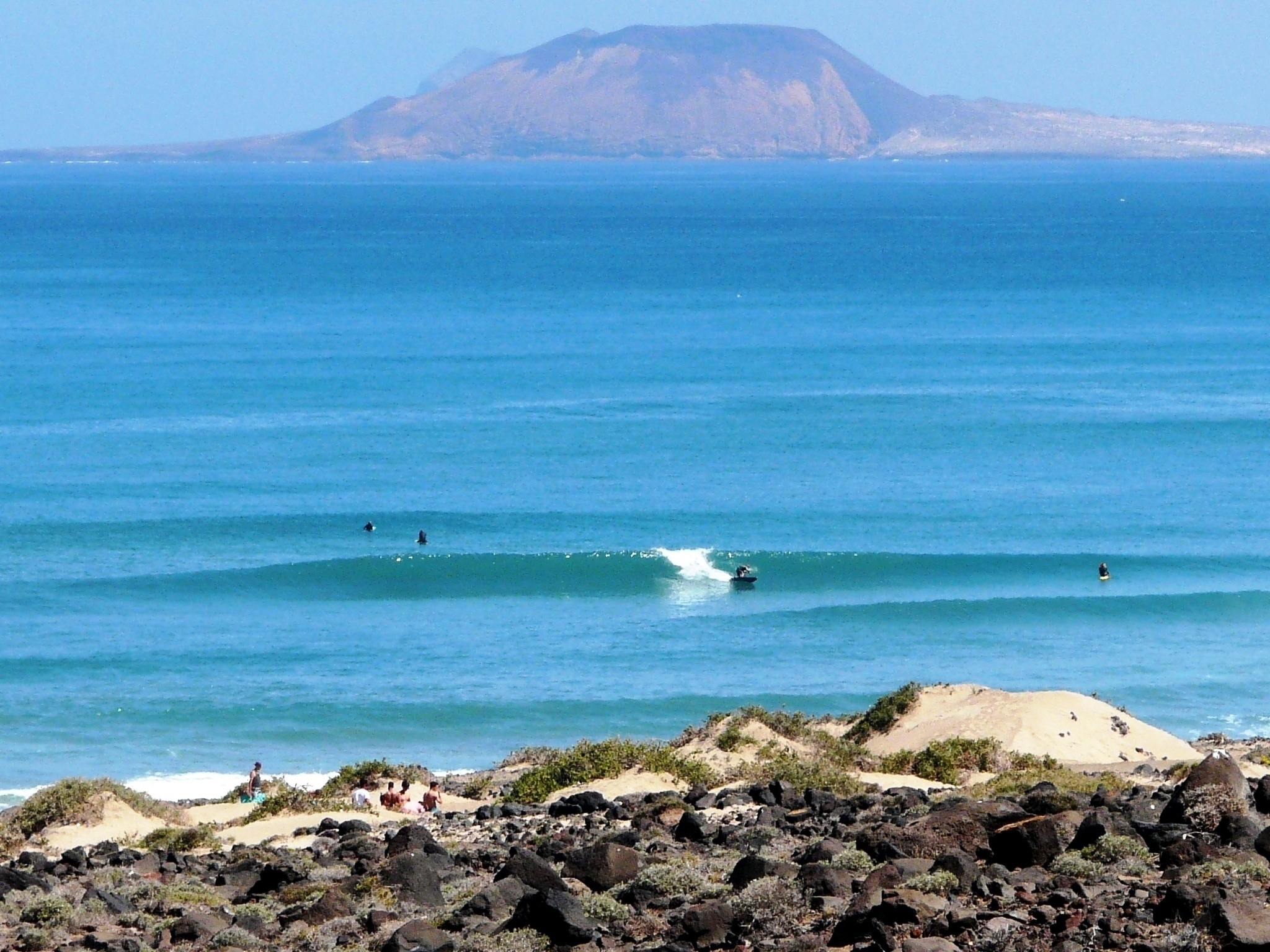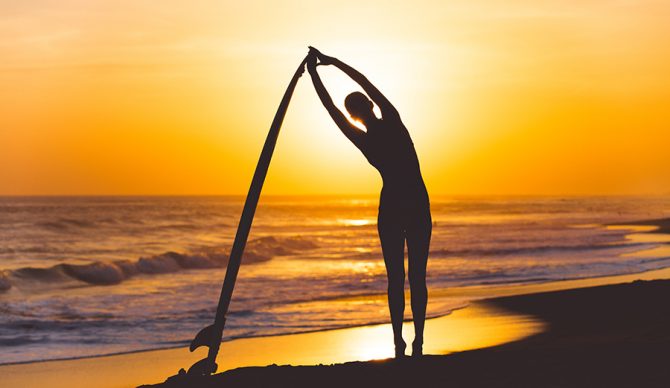Dense wood longboards were used by Polynesian’s back in the early 1800s; this was no art-deco type wood board that you see today in specialist surf shops, no, this surfboard weighed in close to 70kgs and were sanded with coral heads, before being stained with charcoal and bark. A nut oil was then rubbed in to make them as smooth and water resistant as possible.
Fast forward to today and surfboard designs now come in a variety of sizes and are made from a wide range of materials, such as lightweight fibreglass, polymers, polyurethane, hemp, bamboo, epoxy, cork, cardboard and other synthetic components and some can even be printed from a computer! Read on to see the changes in surfboard designs from the very start, from thick wooden logs to today’s high-performance crafts:

A detailed breakdown of Surfboard Designs...
Ancient Polynesian Surfboards
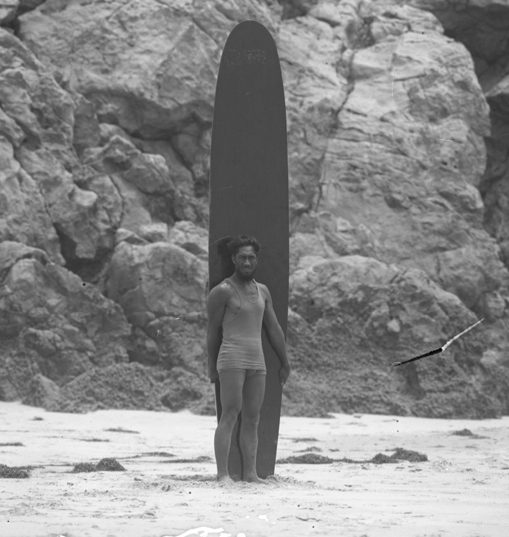
First made: Early 1800s
Still used today: No
Country of origin: Polynesian Islands, Hawaii
What is it best for: Riding small swell
Famous for: Being the first surfboard
Surfing during this time was more than a fun activity, it was a spiritual tool and was used to resolve conflicts among tribal chiefs.
The boards would be between 9 and 15feet in length and could weigh up to 80kgs. These wooden surfboard designs were made using the Wili Wili, the Ula and the Koa tree's and would yield two types of boards; the Olo', which were ridden by the chiefs, and an 'Alaia' which was used by the tribes’ people. The above photo shows the legendary Duke Kahanmoku on a board shaped like the original Polynesian boards.
The Hollow Board
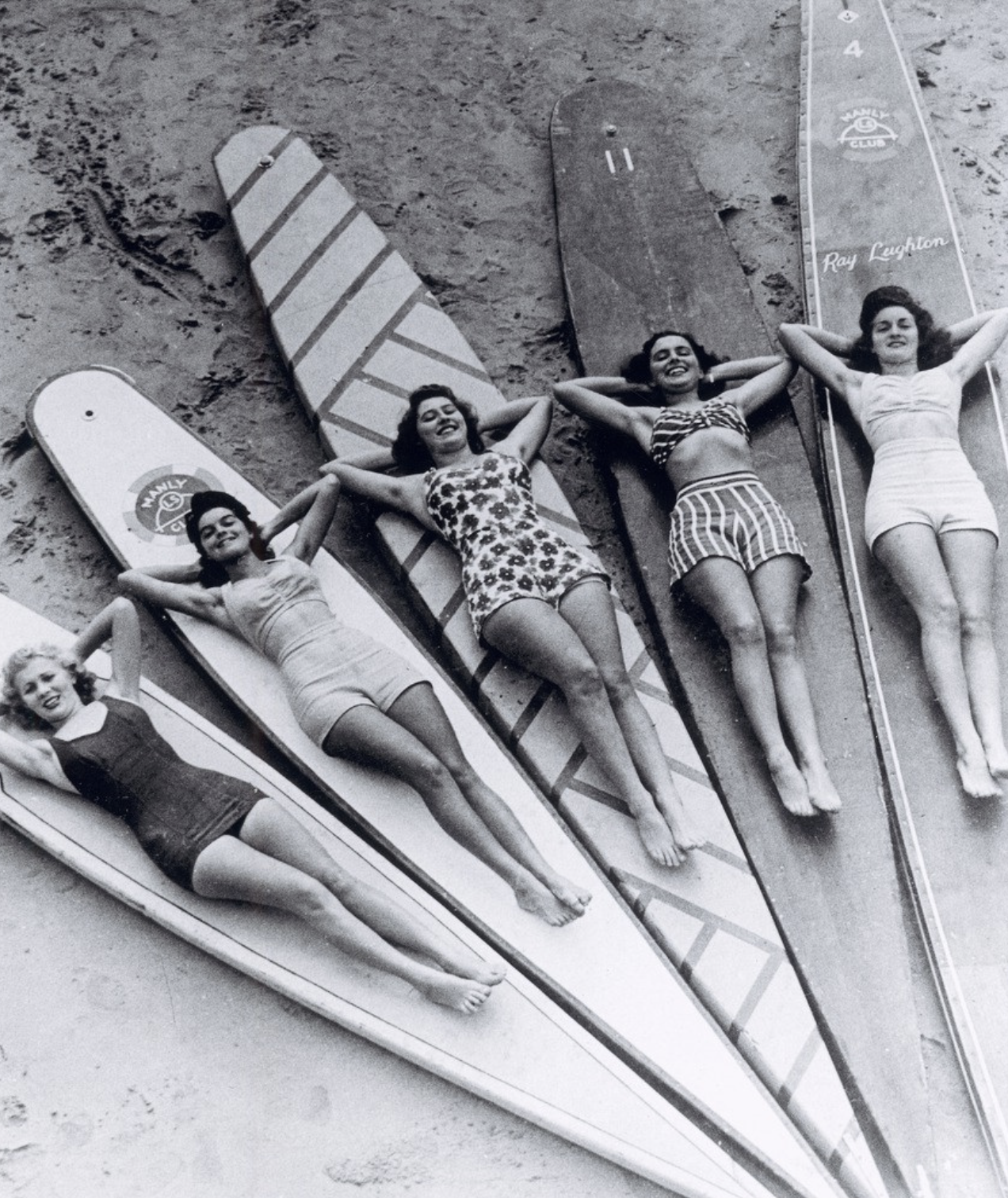
First made: 1926
Still used today: No
Country of origin: Hawaii
What is it best for: Generating more speed out of a wave
Famous for: Being the first mass-produced surfboard
One of the most famous names associated with surfboard history, Tom Blake, designed the first hollow surfboard in 1926, much to the ridicule of the local Hawaiians.
Made from Redwood, the 50kg board was 15-foot-long, 19" wide, 4" thick, the board had hundreds of holes drilled in it and was covered with a thin piece of wood on the top and bottom. Those around him laughed until they saw the extra speed that was generated on this board. The hollow surfboard was hugely successful and even became the first mass produced board in 1930.
Redwood, Balsa and Plywood
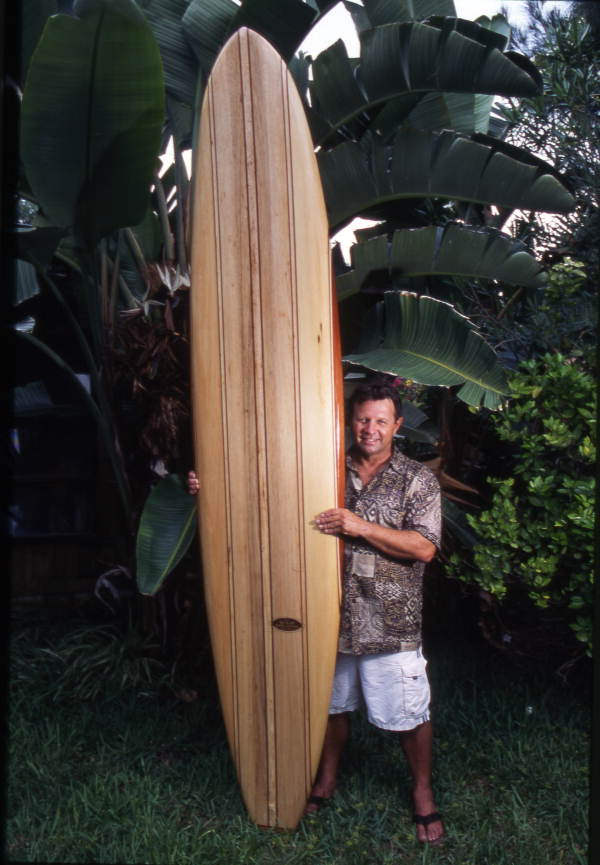
First made: 1932
Still used today: No
Country of origin: South America and California
What is it best for: Small point break waves
Famous for: Their reduced weight allowed for surfboard design progression
In 1932, Balsa wood from South America became a hugely popular material for the construction of surfboards. The new balsa wood boards weighed in between 12-20kgs as opposed 45kg redwood boards, with the boards having several coats of varnish applied to waterproof them.
We then saw the woods come together, as balsa wood was tough to get a hold of, coupled with the invention waterproof glue, surfboard makers would construct the middle of the boards of balsa and the rails of the tougher redwood to strengthen them. Plywood was later used around the time of World War One.
The Hot Curl Board
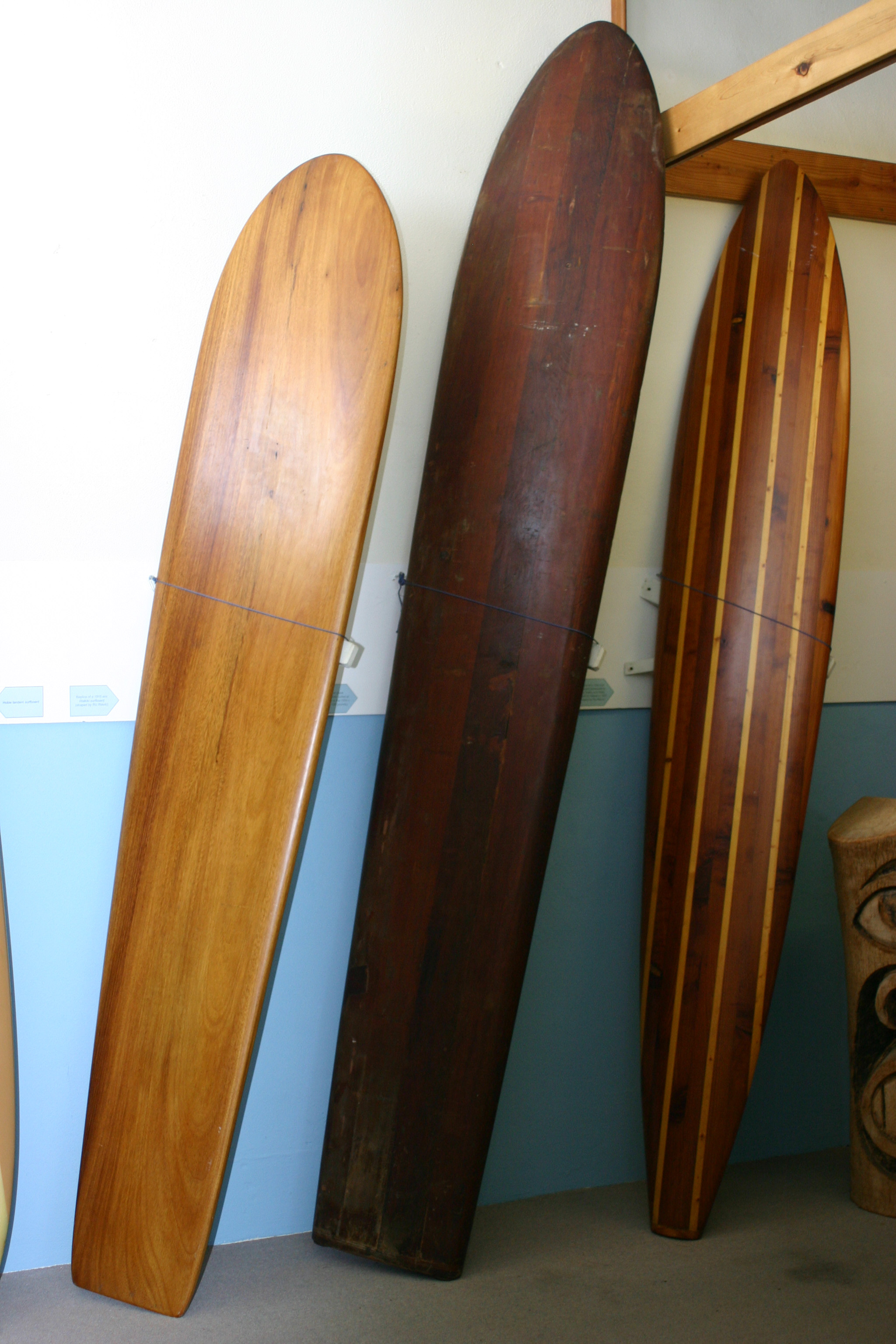
First made: 1934
Still used today: No
Country of origin: Hawaii
What is it best for: Riding in the pocket of wave with more manoeuvrability
Famous for: Allowing surfers to pull into the barrel and ride the pocket for maximum speed
Taking inspiration from Tom Blake’s hollow board design, Wally Froiseth, John Kelly and Fran Heath started to experiment with the surfboards tail, shaping off pieces of foam around the tail and rails to remove the square design.
By changing this up, it allowed them more freedom in the movement of the surfboard when gliding across the waves. These new boards were called 'hot curl' boards, and they got their name because the boards allowed the surfer to manoeuvre into the 'curl' of the wave and ride in the pocket.
Fibreglass Surfboard Designs
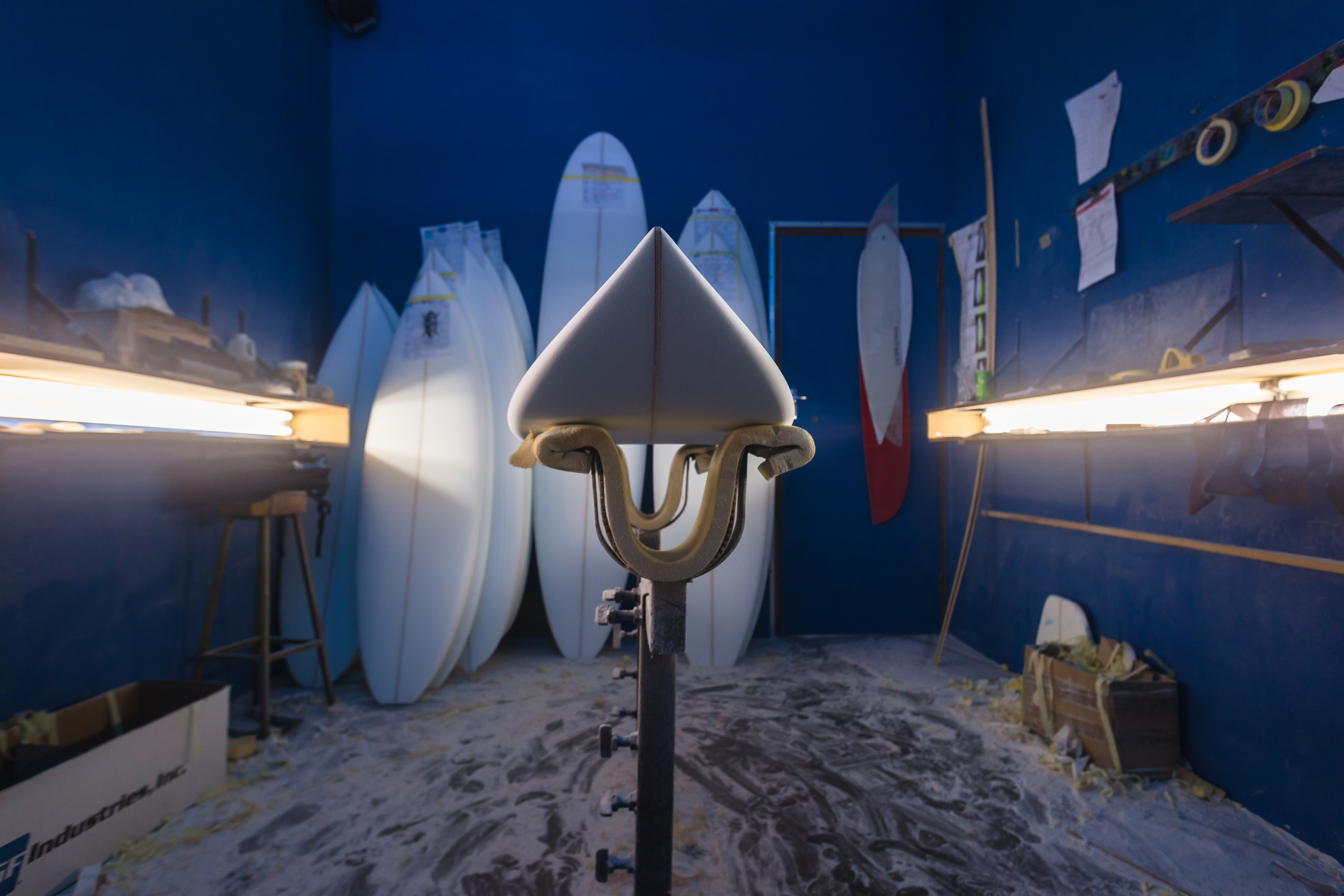
First made: 1946
Still used today: Yes
Country of origin: US
What is it best for: Mellow beach breaks peaks
Famous for: Being the first fibreglass board
The end of World War Two surprisingly lit the fuse for the new explosion of surfboard designs. The US had new access to materials that had been developed for the war, and they were now using them to make their new rides.
Fibreglass was one of these new materials, and in 1946 Pete Peterson used fibreglass to cover a plastic surfboard mould that had a redwood stringer running through the middle of it.
In 1949, Bob Simmons was travelling up and down the coast of California selling his Balsa wood surfboards before he saw the benefits of using fibreglass. He created a board named the ‘Sandwich’ consisting of a Styrofoam core, a thin layer of plywood, Balsa wood rails and coated in fibreglass.
Commercial Surfboards
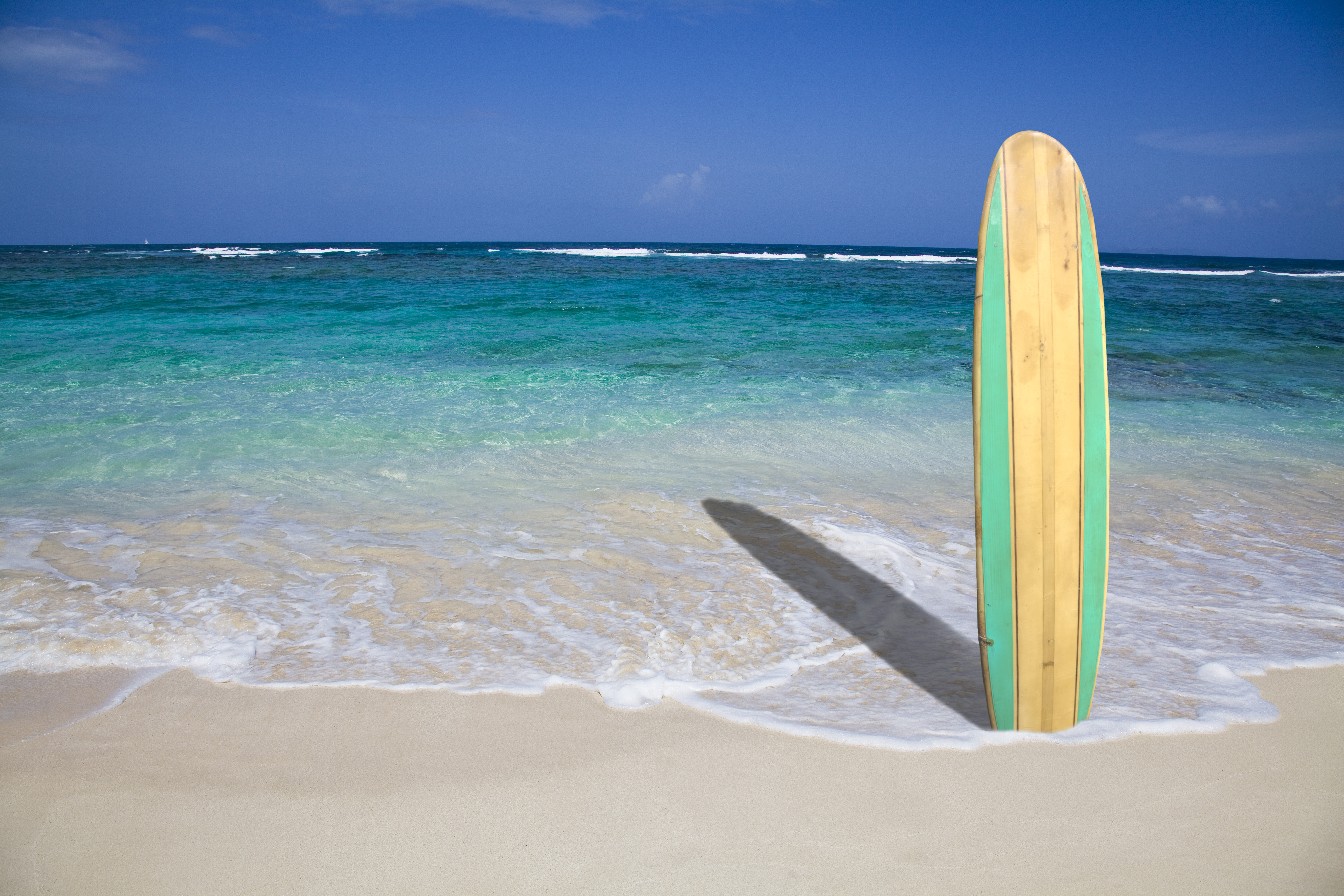
First made: 1950
Still used today: Yes
Country of origin: California, US
What is it best for: Mellow Californian point breaks
Famous for: Dale Velzy’s ‘Pig Board and ‘Sausage Board'
Dale Velzy was a popular member of the Californian surf scene and was credited with taking surfing a step forward.
A talented surfer and highly-skilled shaper, he opened his own surf shop and started designing and making boards. Taking shaping knowledge from innovators such as Quigg, Kivlin and Simmons before him, he improved on it, creating the 'pig board' and the 'sausage board', which put his surfboard designs in great demand.
Gun
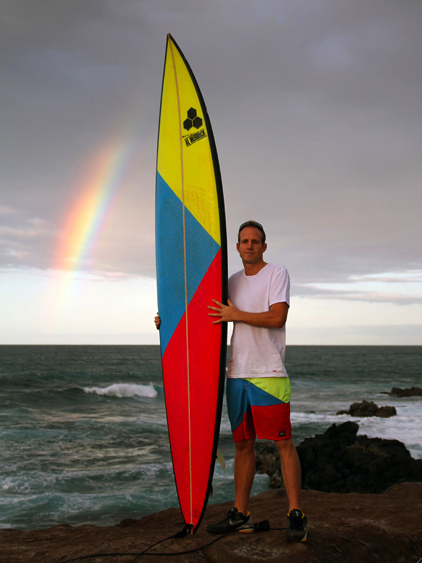
First made: 1950’s
Still used today: Yes
Country of origin: Hawaii
What is it best for: Surfing monster wave
Famous for: Allowing surfers to paddle, catch and ride waves over 20 feet
George Downing was one of the men responsible for developing the modern 'gun' surfboard and was interestingly named a 'gun' as it is the surfers' means of hunting down the big waves. The gun board was long and narrow making them easier to paddle into big waves over 20 feet and easier to control on the steep face of the wave.
The Shortboard
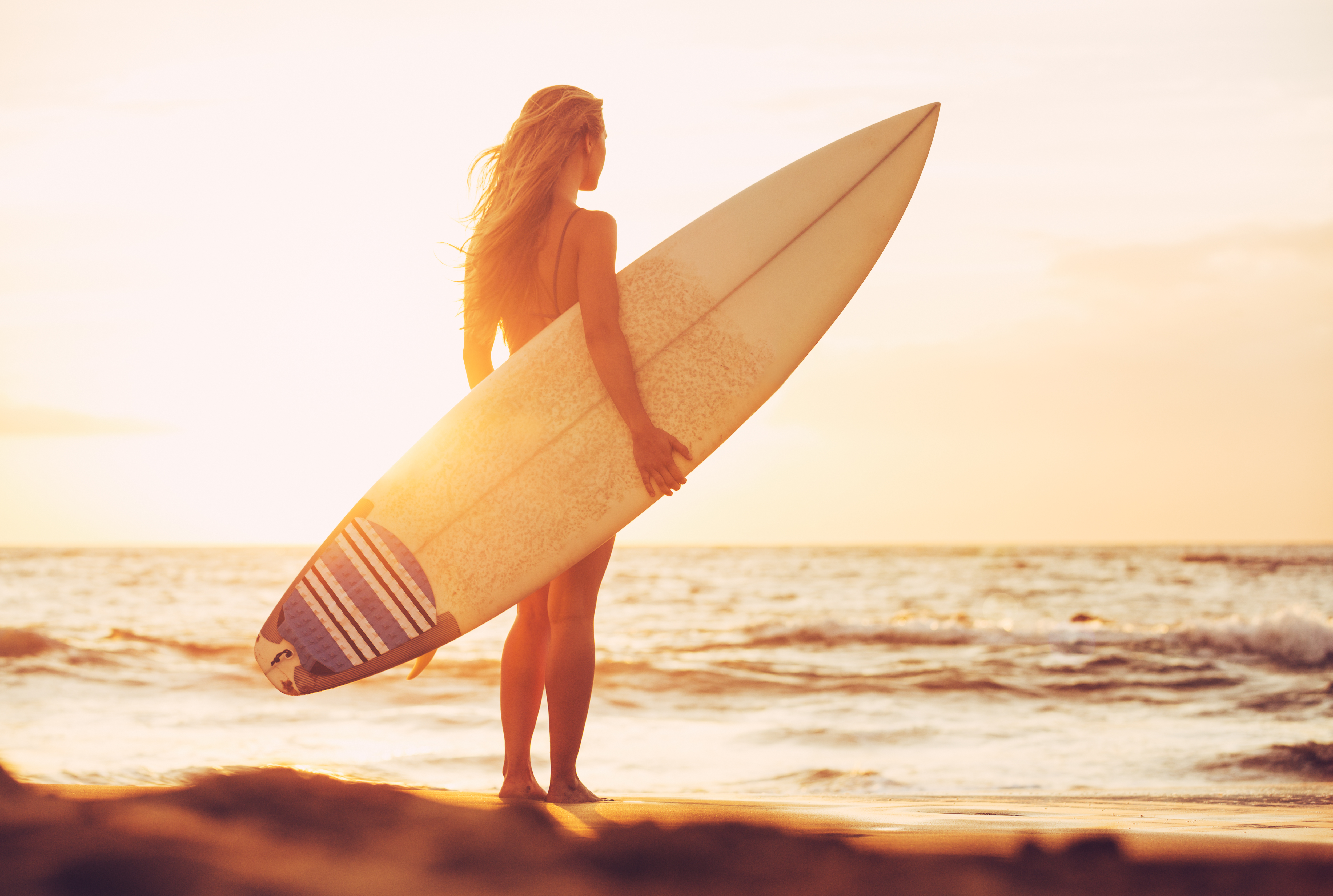
First made: 1961
Still used today: Yes
Country of origin: Hawaii
What is it best for: High-performance surfing in critical waves
Famous for: Allowing faster, more aggressive surfing with more manoeuvrability
It wasn’t until the mid-60s that the short board made its first appearance on the world surf scene when the average surfboard length went from 10 ft to six feet! Dick Brewer is heralded with the design, after starting in Kauai he later relocated to California to keep up with demand. These new boards allowed surfers to ride in the pocket of the wave, give more manoeuvrability and allow for more aggressive surfing, unsurprisingly, the board was named the ‘pocket rocket’.
The shapers had a thirst for speed and continued to make alterations over the coming years, such as rail shapes, tails, bottom contour of the boards and the height of the rocker.
Fish
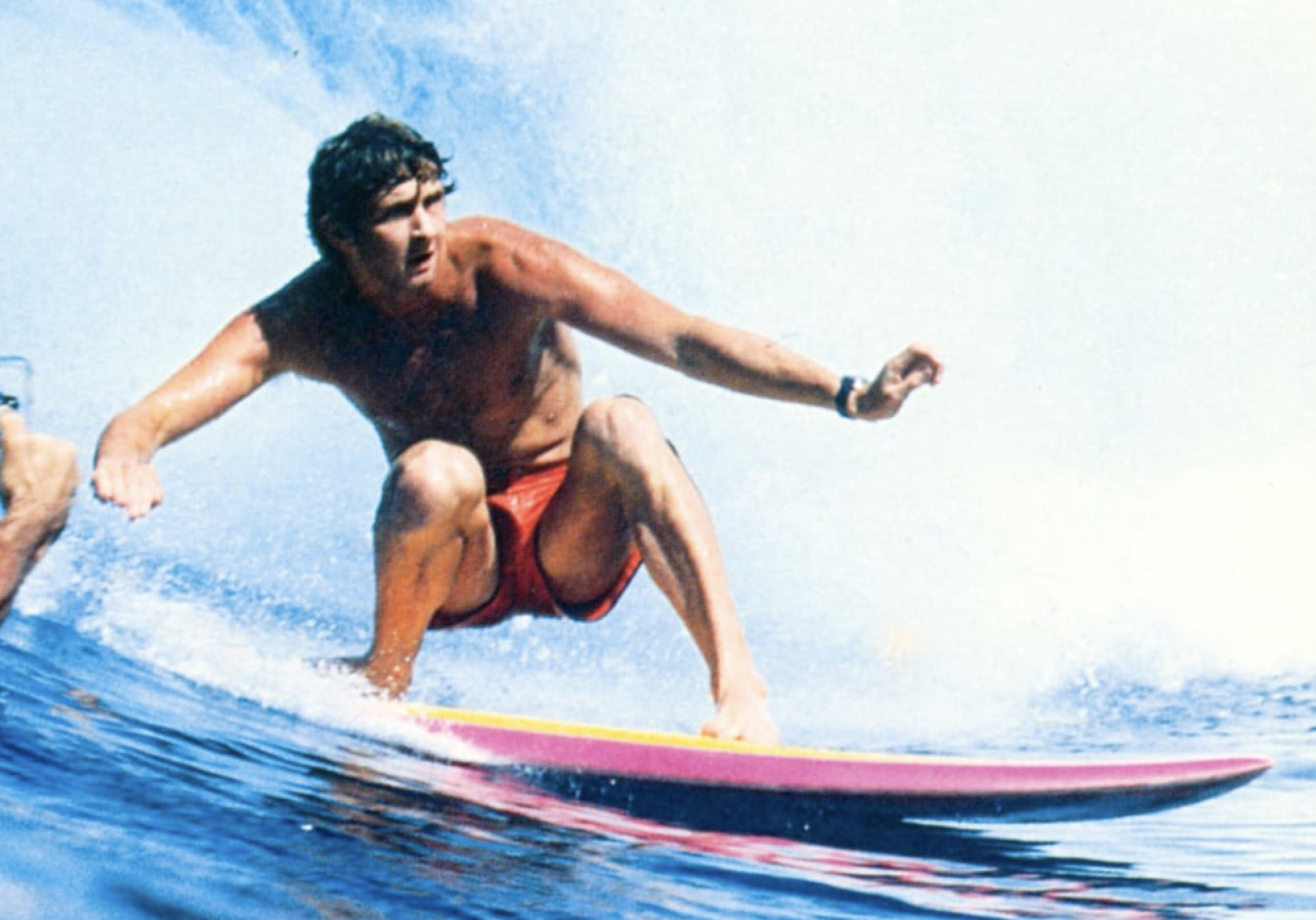
First made: 1970
Still used today: Yes
Country of origin: USA
What is it best for: Getting the most out of small waves.
Famous for: Being used by Mark Richards won four consecutive world titles with his twin fin fish setup from ’79-‘82, forever changing the direction of modern surfing.
The original fish surfboard was invented and shaped by Steve Lis who was actually a knee-boarder and designed this board as a kneeboard, but stand-up surfers noticed the speed and sharp turns that were being performed and started standing up on them.
Egg
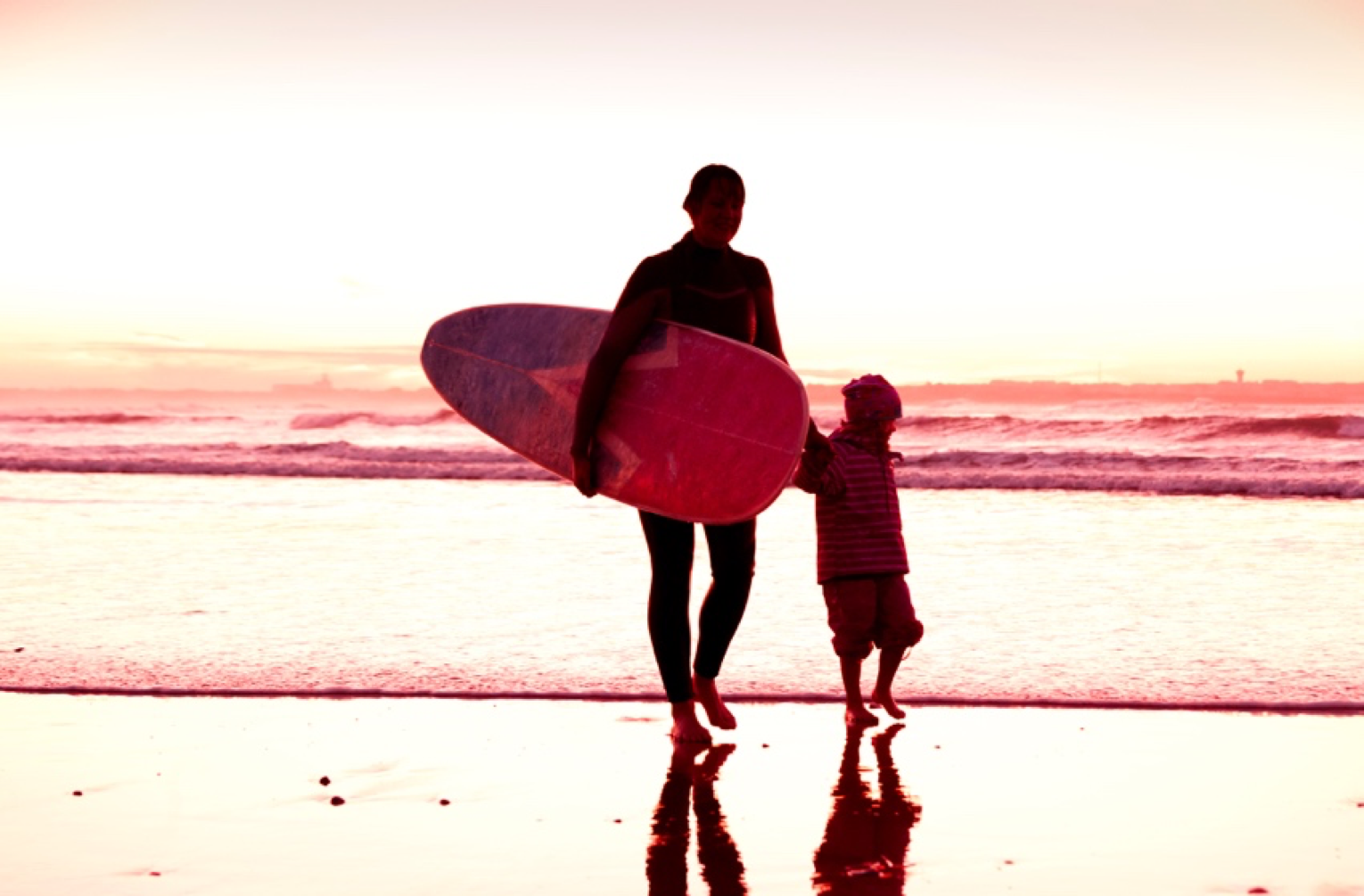
First made: 1972
Still used today: Yes
Country of origin: USA
What is it best for: Great board for beginner surfers as well as intermediate and advanced surfers when the waves are small
Famous for: When legendary long boarder Joel Tudor surfed huge and perfect Pipeline Eggs are pretty similar to fishes in design, in that they have flatter rocker and plane quickly, which allows surfers to catch small waves easily.
Traditional style eggs have a single fin and today's modern designs utilise a 2+1 fin setup that consists of a large centre fin with two smaller side fins, think of it as a small longboard that will provide a ton of fun in the small stuff and a new experience in the big stuff!
Pop-outs and Foam Boards
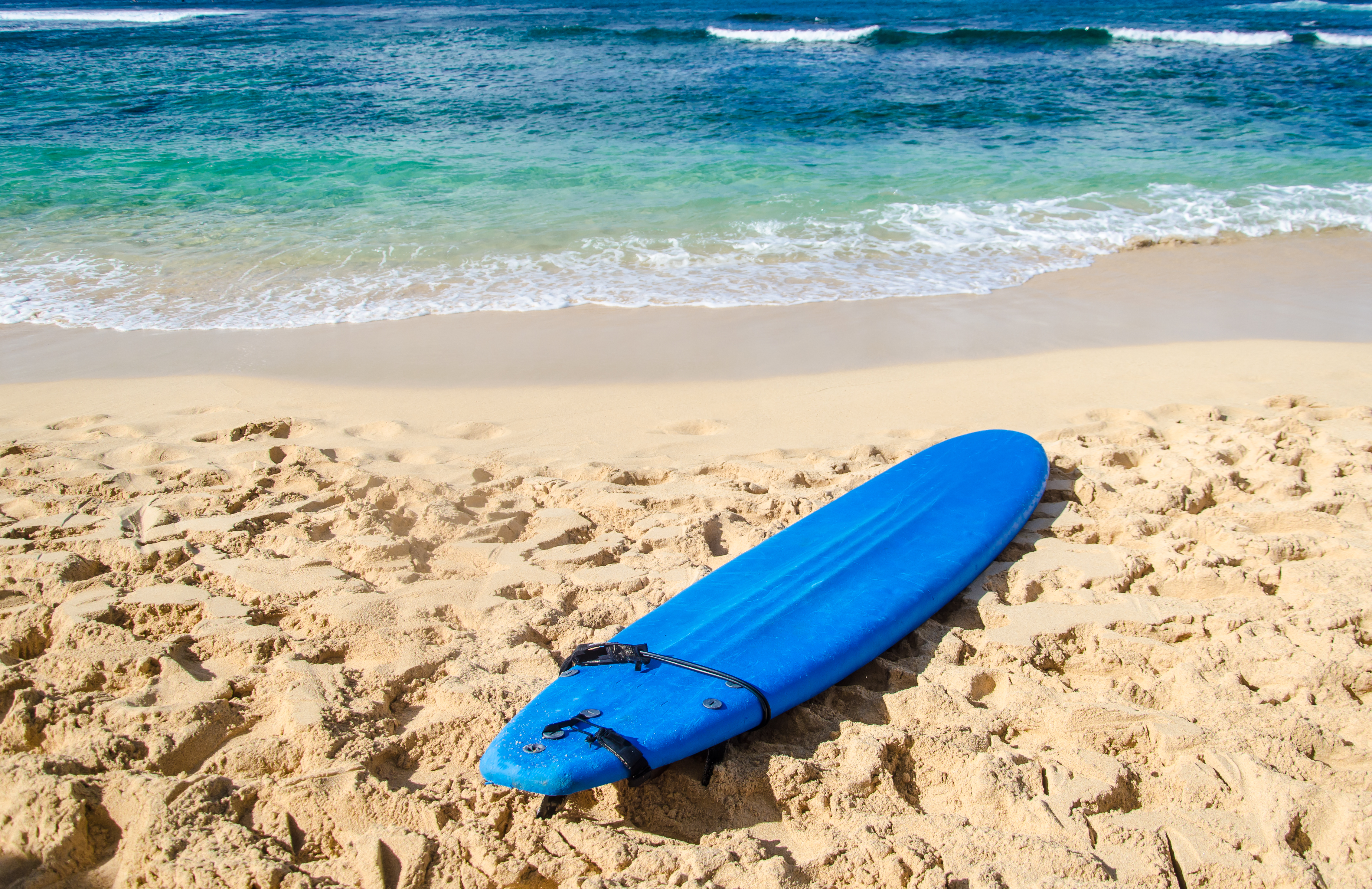
First made: 1973
Still used today: Yes
Country of origin: Australia
What is it best for: Beginner surf holidays
Famous for: The qualities of modern surfboards at a fraction of the cost, allowing for a good fundamental board for beginners to the sport
Australian Shane Steadman came up with the idea of pop-outs and foam boards in the 1970s as a more cost efficient option for new surfers.
Later 'foam-boards' were developed that were safer and easier to learn on and are the today’s go-to choice for beginner surfers. Mini-mals also were introduced at this time, they were modelled on the classic Malibu style of surfboard designs from the 50’s and came to prominence as they were a go between traditional longboards and new short boards.
Three Fin Thrusters
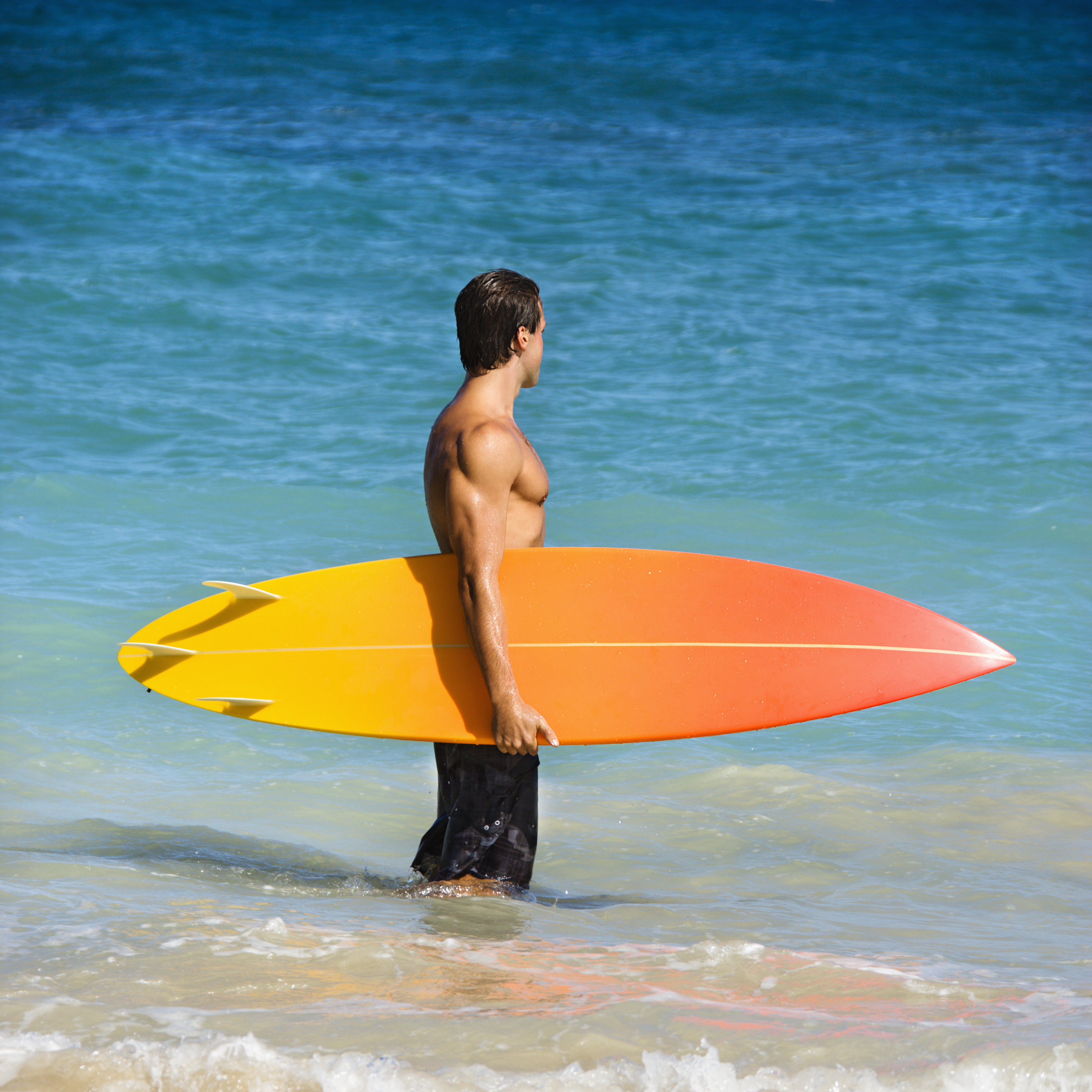
First made: 1981
Still used today: Yes
Country of origin: Australia
What is it best for: Speed walls
Famous for: Giving more control in the pocket of the wave
In 1981, Australian surfer Simon Anderson designed the three fin ‘Thruster’, forever changing the sport of surfing. Taking the best elements of single and twin fin set ups he made them work together, creating a three-fin system that gave greater control in the pocket of the wave and through manoeuvres.
Tow-Boards
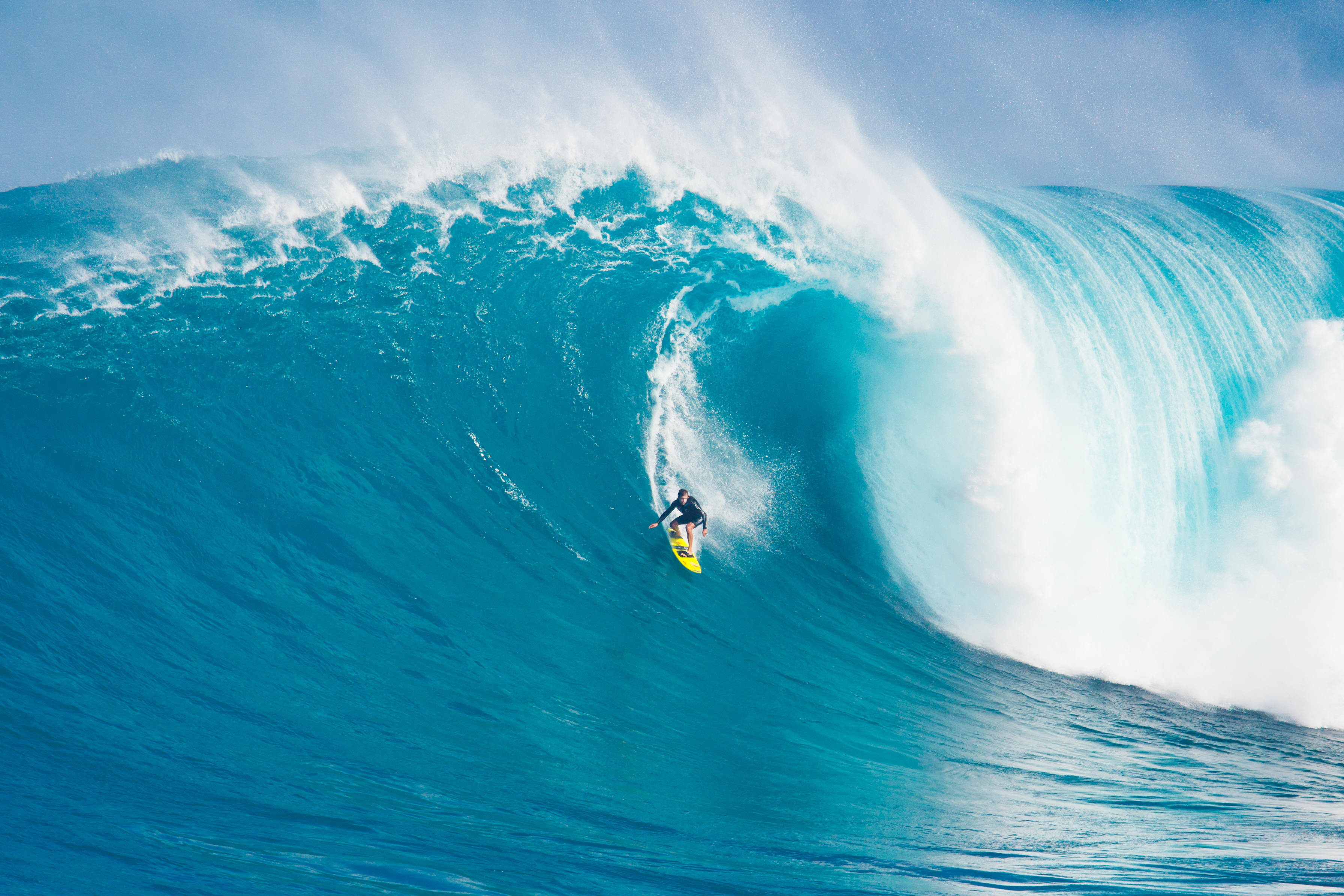
First made: 1990
Still used today: Yes
Country of origin: Hawaii
What is it best for: Allowing surfers to ride waves that are impossible to paddle into
Famous for: Letting surfers pioneer big wave spots such as Jaws, Cortez Bank and more recently maxing Nazare
Tow-in surfing was pioneered by Laird Hamilton, Buzzy Kerbox, Dave Kalama, Milton Willis, Michael Willis and others in the mid 1990s. A surfer is towed into a breaking wave by a partner driving a Jet Ski with an attached tow-line. When they first started towing at Jaws they were using a rubber dinghy, which allowed them to ride amazing waves and resulted in even more spectacular wipe-outs. The tow-board gave birth to a new era in surfing, where anything seemed possible, which was demonstrated when Laird was towed into the ‘Millennium Wave’ at Teahupoo back in 2000.
Photo by: UCLA
Photo by: Florida Memory
Photo by: National Library of Australia
Photo by: Jot Powers
Photo by: Encyclopaedia of Surfing/Vimeo




 Alex Hickman
Alex Hickman
